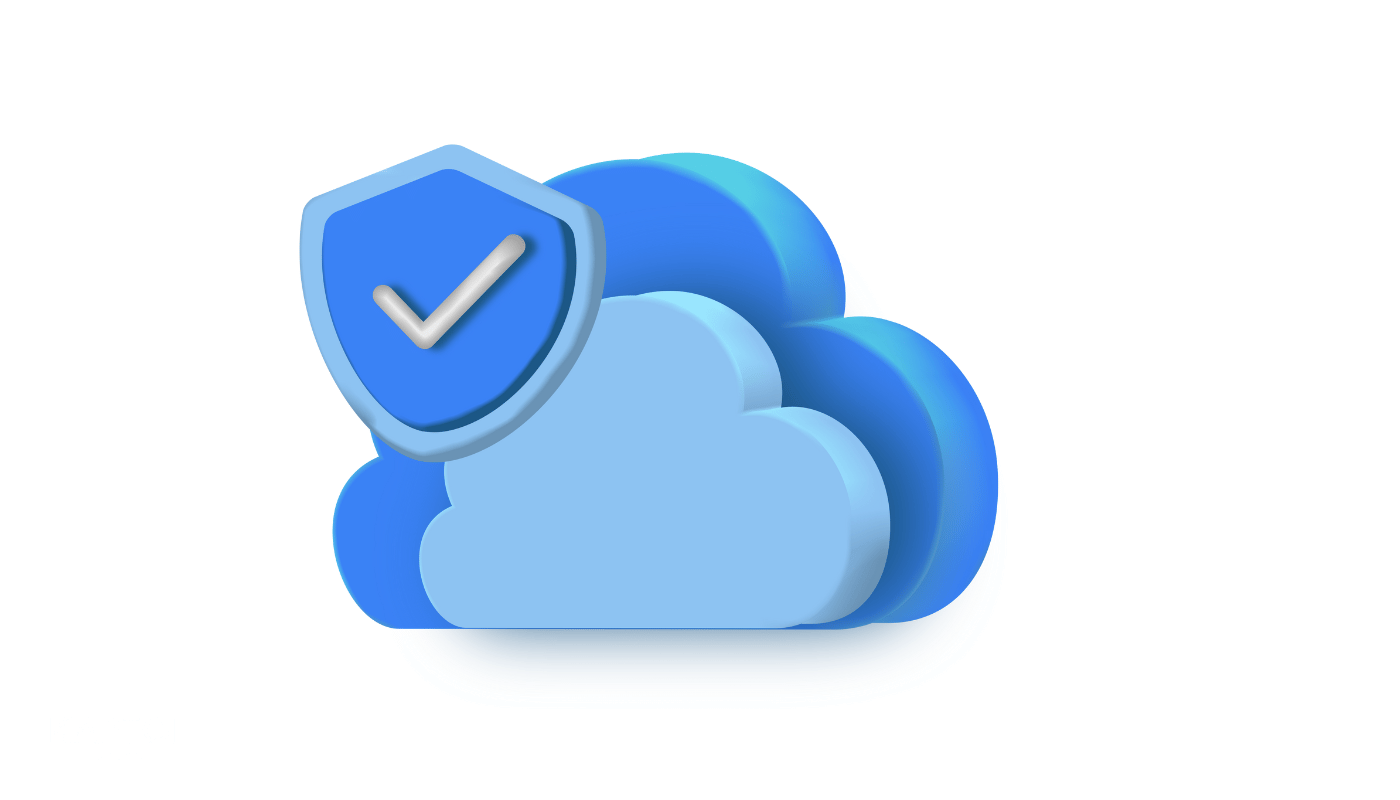CLOUD NEWS

Cloud computing has reshaped the way businesses and individuals manage, store, and access their data.
With global giants like Amazon Web Services (AWS), Microsoft Azure, and Google Cloud leading the way, cloud adoption is booming—and for good reason. The cloud offers unmatched scalability, flexibility, and cost savings compared to traditional IT models.
But no technology is perfect. Despite enormous advancements in cloud security, some risks still linger. Understanding these common cloud security concerns—and knowing how to address them—is essential for anyone entrusting their critical data to the cloud.

As businesses increasingly migrate to the cloud to take advantage of its scalability, flexibility, and cost savings, the need for robust security measures becomes more critical than ever.
One of the most essential aspects of cloud security is ensuring that only the right people have access to the right data at the right time. This is where access controls and authentication come into play.
In the world of cloud computing, especially with industry leaders like Amazon Web Services (AWS), these security mechanisms form the backbone of protecting sensitive data from breaches, leaks, and unauthorized access.

Cloud storage has revolutionised how individuals and businesses manage their data.
From backing up family photos to storing sensitive business documents, cloud computing offers convenience, scalability, and accessibility like never before.
But with these advantages come pressing questions—is cloud storage truly safe and secure?

In today’s fast-paced digital world, businesses of all sizes are increasingly relying on technology to deliver services, manage operations, and drive growth.
Among the most transformative developments of the last two decades is the rise of cloud computing—a technology that enables businesses to store data, run applications, and manage infrastructure over the internet rather than on physical hardware they own.

In today’s digital-first world, cloud computing has become more than just a buzzword—it’s a cornerstone of modern technology infrastructure.
From the apps on your smartphone to the tools businesses use daily, cloud computing powers much of what we now take for granted.
But what exactly is it?
How does it work behind the scenes?
And why has it become such a transformative force in technology?

In today’s fast-paced digital age, businesses and individuals alike are increasingly turning to cloud services to power their operations, store data, and improve collaboration.
But what exactly are cloud services, and why have they become such an essential part of modern technology?
In simple terms, cloud services refer to offsite hardware and communications infrastructure that provide the necessary platforms, software, and environments to run applications, store data, and manage IT resources — all without relying on local hardware or in-house infrastructure. This means users can access and use powerful computing resources from anywhere with an internet connection, offering unmatched flexibility and efficiency.
